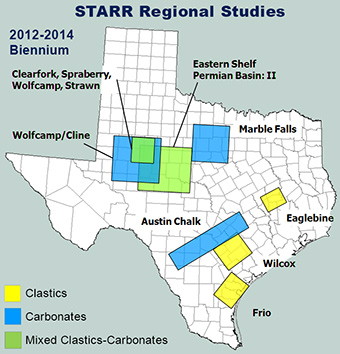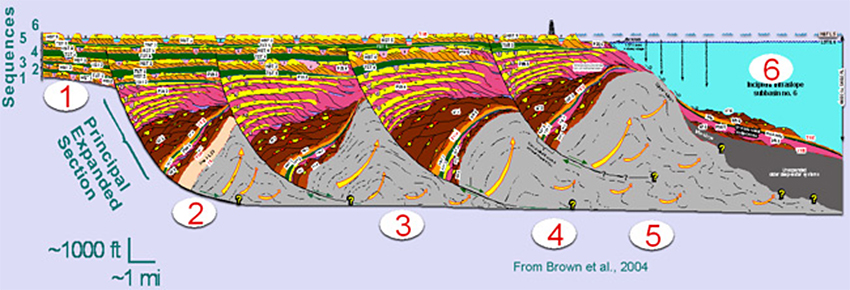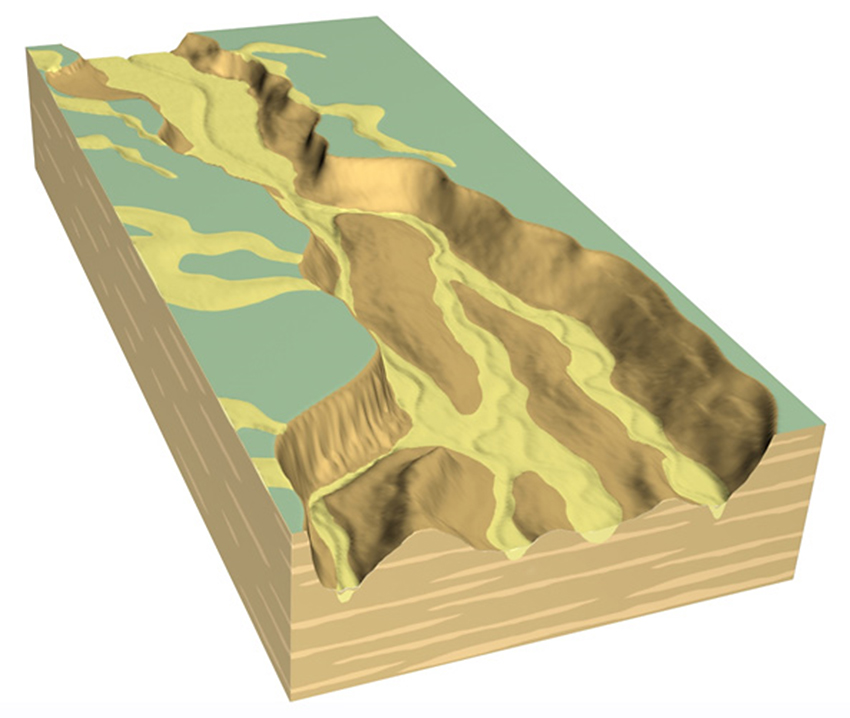Regional Studies

STARR regional studies are based on analysis of the sequence-stratigraphic architecture of sedimentary basins, with the goal of delineating and evaluating basin-scale geologic controls on oil and gas production. These studies emphasize trends in new exploration fairways. We use sequence-stratigraphic principles that have been developed by major oil companies over the past three decades and that are illustrated in recent STARR studies in the Gulf of Mexico (Brown et al., 2004, 2005; Hammes et al., 2007). Deep to ultradeep reservoirs, such as those in the higher risk, deep-shelf gas play (offshore Tertiary-age sandstone reservoirs between the depths of 15,000 and 35,000 ft) are an example of where new studies are needed to encourage exploration drilling. The regional study of the South Texas Frio Formation by Olariu et al., 2013) is an example of a recent STARR study that is delineating the geometry and extent of potentially productive sandstones within growth-fault-bounded subbasins, beyond the current limits of existing well control.
STARR also conducted a regional study of tight (low-permeability) oil and gas reservoirs in the Pennsylvanian Cleveland Formation and Marmaton Group in the Texas Panhandle. The study demonstrates the need to develop a robust sequence-stratigraphic and depositional-facies framework for a more complete understanding of the controls on reservoir quality and continuity in these low-permeability formations and to help define and extend play fairways into new areas (Ambrose and Hentz, 2011 ).

See animation of image above: Origin and Development of Growth-Faulted Subbasins (3:04)

Three-dimensional block diagram of lowstand incised-valley fill and estuarine deposits in tight-gas reservoirs in the Pennsylvanian Cleveland Formation in the northeastern part of the Texas Panhandle (from Ambrose and Hentz, 2011).


